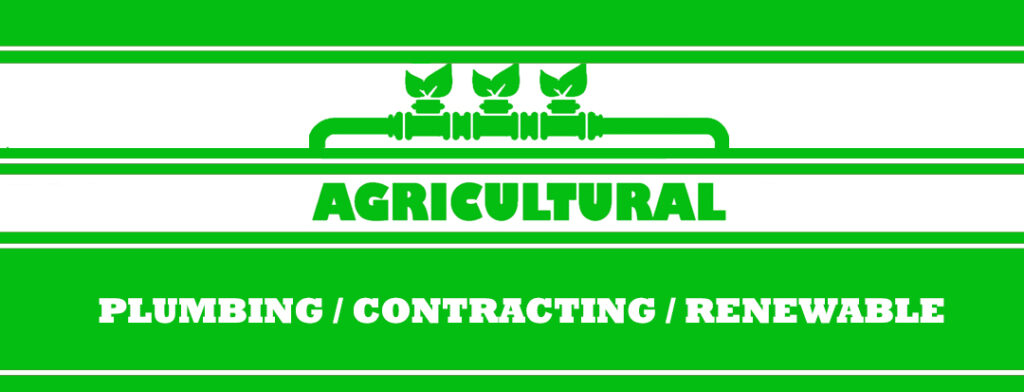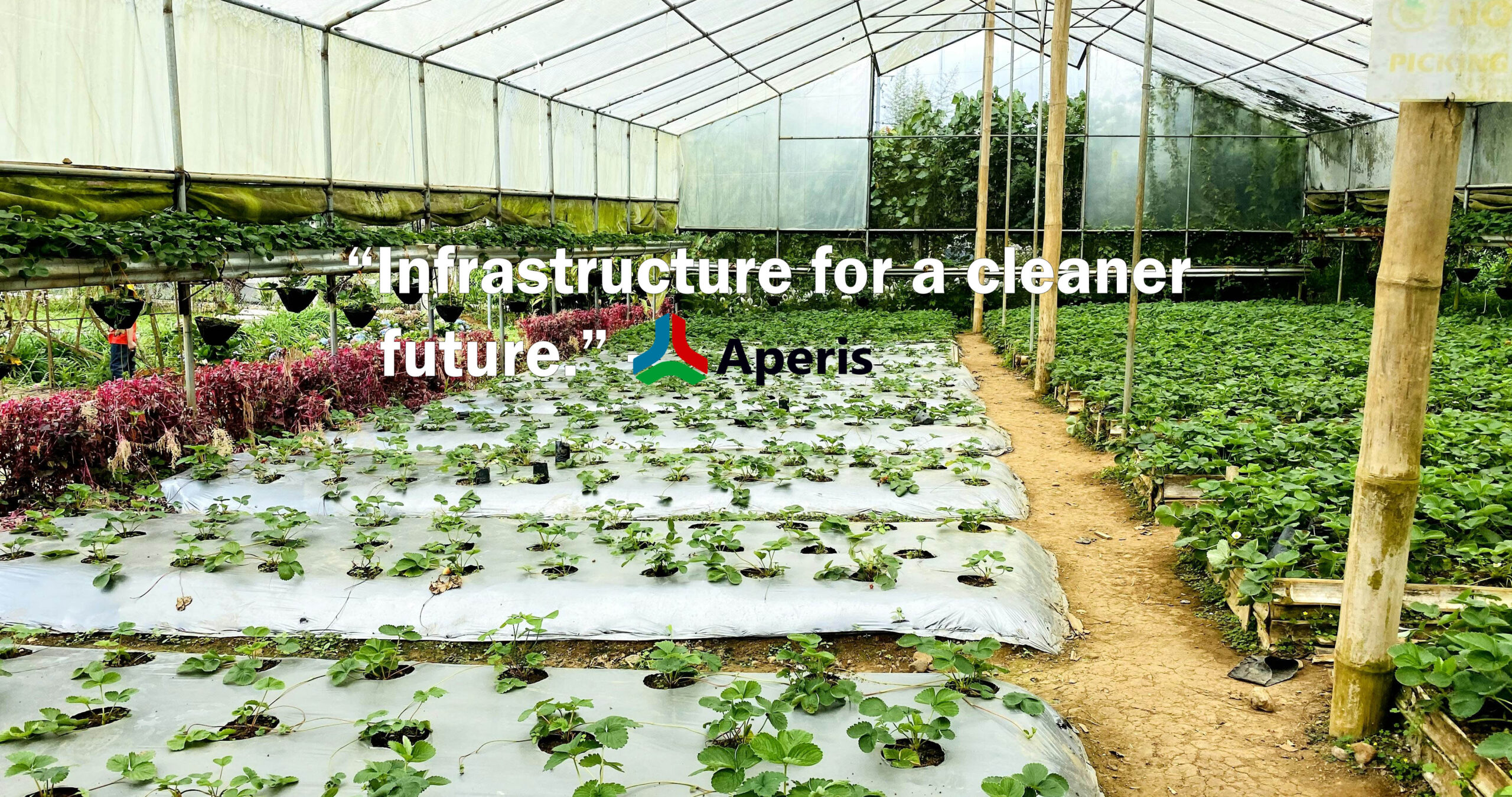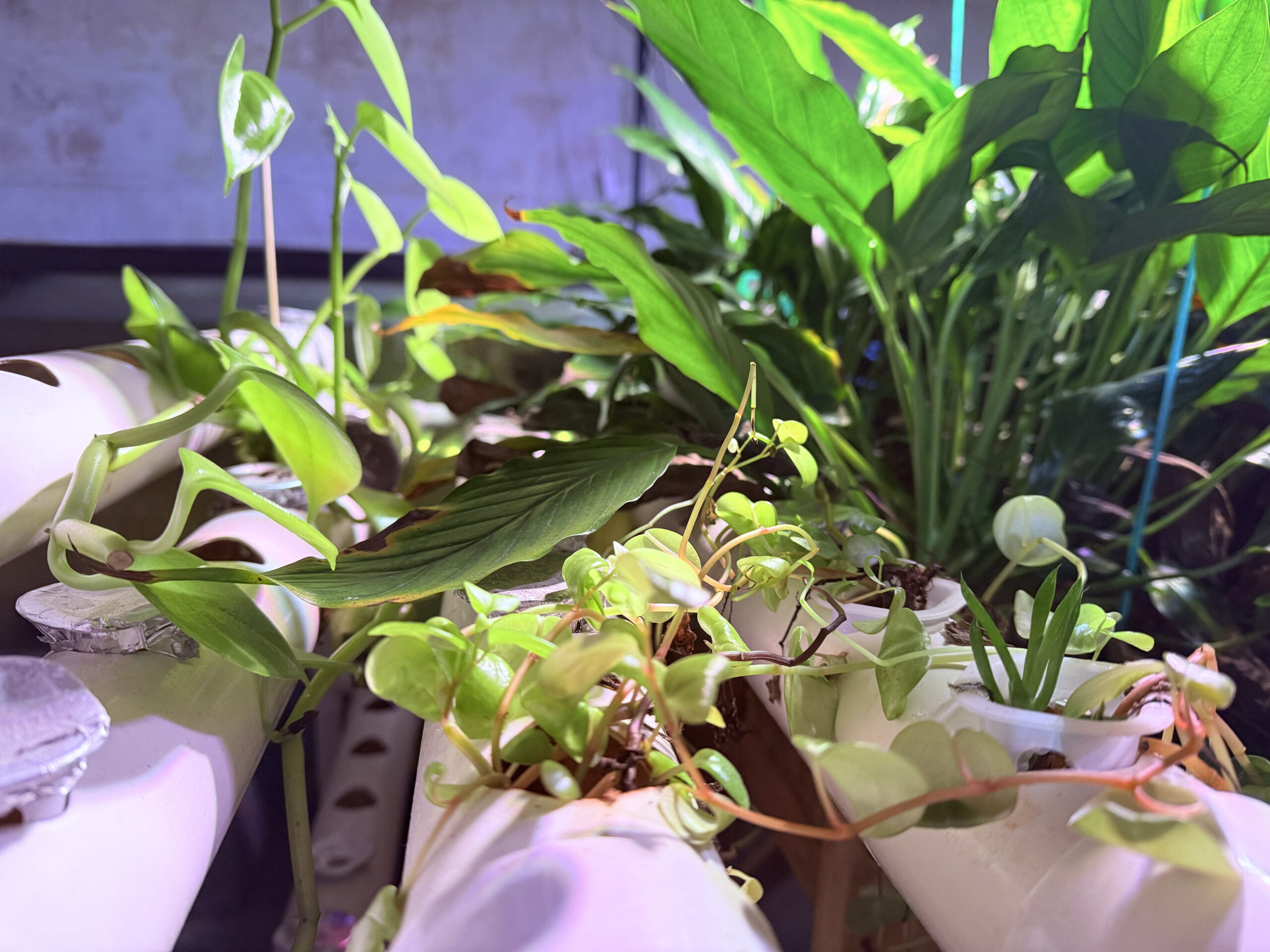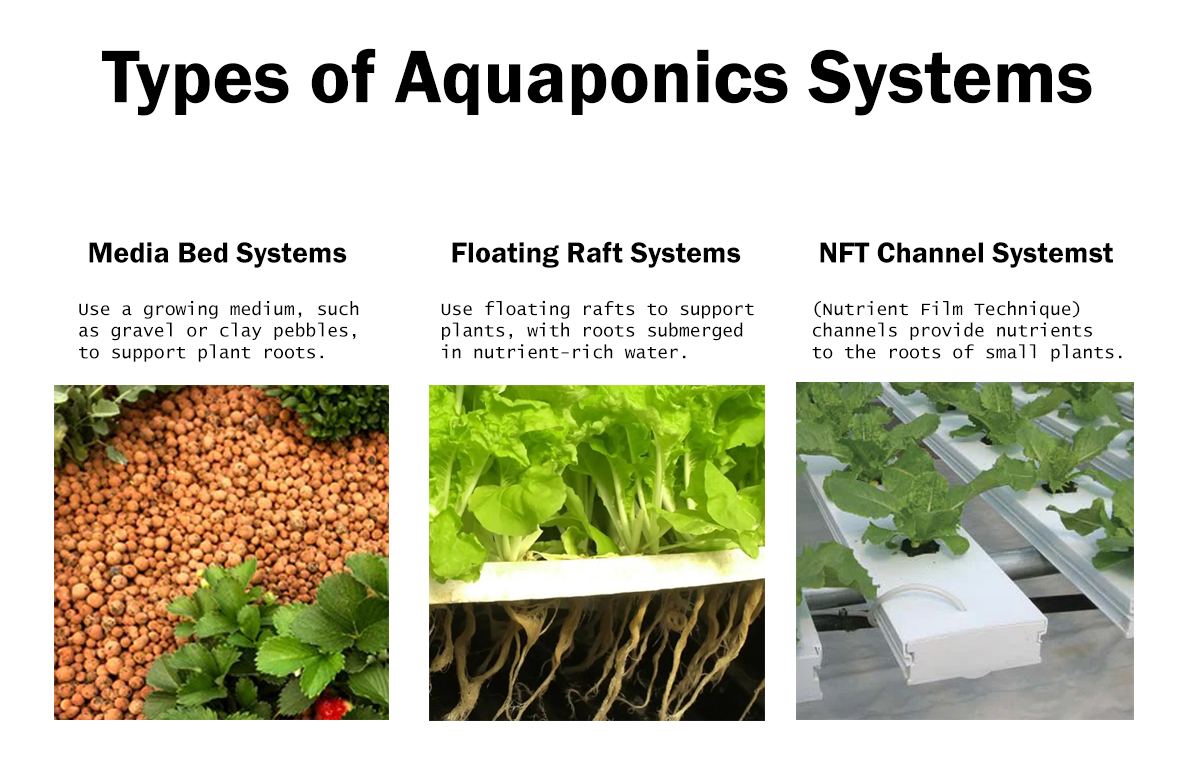

Agricultural plumbing refers to the installation and maintenance of piping systems for irrigation, water supply, and drainage systems on farms, ranches, and agricultural properties. These systems are designed to efficiently distribute water, nutrients, and other essential resources to crops, livestock, and other farm applications.
Agricultural Plumbing Key Components
Agricultural plumbing systems use a variety of pipes and fittings. These systems often require filtration and treatment to remove impurities, sediment, and contaminants from water sources. This ensures healthy plant growth and prevents equipment damage. Drainage systems collect and remove excess water, preventing waterlogging and erosion. Irrigation systems distribute water to crops, using techniques such as sprinkler systems or drip irrigation.
More about agricultural plumbing systems
Agricultural plumbing systems may incorporate specialized equipment, including solenoid valves and timers for automated irrigation scheduling. Soil and topography is huge in agricultural plumbing systems and must account for soil types, slope, and drainage patterns to ensure effective water distribution and minimize surface erosion. Systems for crops must be designed to meet the specific water and nutrient needs, including row crops, orchards, and livestock operations. These types of plumbing systems must be able to withstand extreme weather conditions, such as heavy rainfall, drought, and freezing temperatures as these are huge factors. Systems should be designed for easy maintenance and repair, with accessible components and factor in minimal downtime. The benefits from efficient irrigation and water distribution enable optimal crop growth and product yields. Agricultural plumbing systems can reduce water waste and minimize the environmental impact of farming practices. Clean water and proper drainage systems also promote healthy livestock and reduce the risk of disease and ailments.
Having an automated irrigation and drainage systems can decrease labor requirements and increase problem response time. By understanding the unique requirements and components that go into agricultural plumbing systems, farmers and ranchers can optimize their operations, improve efficiency, and ensure the health and productivity of their crops and livestock.

Aquaponic Farming Systems
An aquaponic system is a sustainable food production method that combines aquaculture (raising fish and other aquatic animals) with hydroponics (growing plants in water) in closed-loop and decoupled systems. This innovative approach eliminates the need for chemical fertilizers and pesticides, making it an environmentally friendly option. Consisting of one or more tanks where fish are raised with nutrient rich feeds, creating waste that is processed through organic biofilters and UV filters. The processed water is cycled into various types of growing beds and growing mediums to be filtered further by vegetation, before being recycled back into the fish tanks.

What Are Biofilters?
A biofilter is a “biological reactor” where organisms convert less-favorable organic compounds into more-favorable organic compounds. In the case of aquaponics, bio filters like bead or film filters convert ammonia from fish waste into nitrate. Bio filters like mineralization tanks also break down matter into micronutrients and minerals, making fish waste-water a rich and safe source of organic food for your plants. The grow bed can also be considered a biofilter, being where the plants filter water by demineralization, absorbing nitrates and consuming other nutrients.
The journey of water in aquaponics systems
Water is vital to any form of agriculture, and understanding what happens to it as it moves through a system is important for achieving success with aquaponics and hydroponics systems.
A pump system circulates water from the fish tank to the bio-filter and UV filter and then hydroponic bed. Proper aeration is crucial for plant and fish health and growth by providing oxygen to the water and keeping an aerobic environment. The fish produce waste, which is rich in nitrogen and other nutrients, the waste enters the bio-filter, where beneficial bacteria convert it into nitrite then into nitrate. The nutrient-rich water is then pumped through a UV filter to the hydroponic bed, where plants absorb excess nutrients, purifying the water. Clean water then returns to the fish tank, creating a continuous cycle.
Water is always kept agitated, oxygenated and aerobic, greatly reducing pests and plant illness.
The benefits of aquaponic systems compared to traditional growing include:
Aquaponics uses up to 90% less water than traditional agriculture.
In a fine tuned aquaponics system, plants can grow free of chemical pesticides or fertilizers, and aquatic livestock can be raised without antibiotics.
Aquaponics allows for continuous harvesting year round, regardless of season or climate.
Combines fish and plant production, reducing waste and decreasing land use. Through isolated integration, we keep local biodiversity through non interfering modern day farming strategies.

